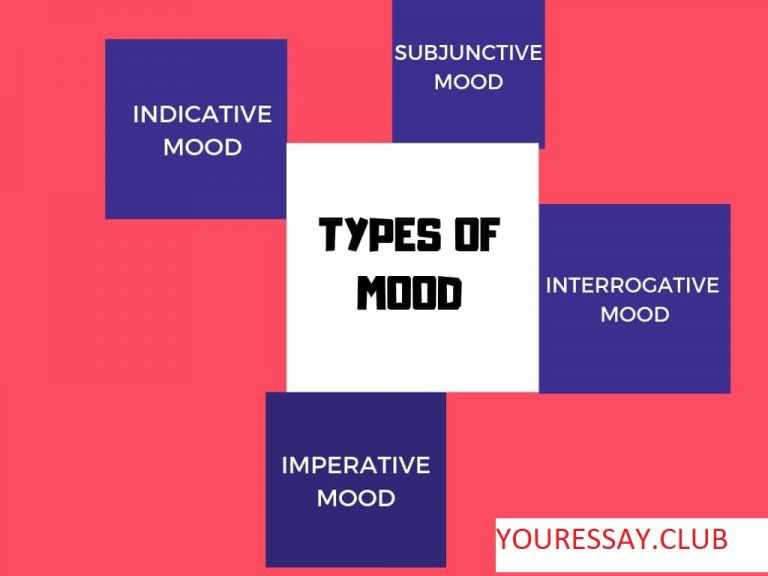

To understand how these different ratings are found, we will now explore how various methods of digital signal processing (DSP) can be used to identify the musical components such as rhythm, pitch, intensity, and timbre from a piece. Higher energy moods such as happy, exuberant, and energetic all have generally higher amounts of intensity, timbre, pitch, and rhythm than lower energy moods such as calm, contentment, and depressed. Table 1 shows all eight of Thayer’s mood classifications with the relative degree of different musical components found in each – from very low to very high. Moods classified according to musical components. This same group of researchers produced a correlation table of intensity, timbre, pitch, and rhythm in identifying various moods, which can be seen in Table 1. Sound sources that have simple harmonic profiles have ‘darker’ timbres and tend to soothe human emotions” (Bhat et al 360). According to a group of researchers from the BNM Institute of Technology in Bangalore, India, “timbre stimulates human energy levels without regard to rhythmic or harmonic saturation. Timbre, the tonal component of a piece created by harmonics, is a curious indicator of mood. Higher overall pitch can be an indicator of happiness, carefree and light moods within a song, while lower pitch implies a darker, sad, and serious tone. Loudness, or intensity of a song can be connected with anger, while softer songs would suggest tenderness, sadness, or fear (Bhat et al 360). Source: Derived from Bhar (2014).įaster tempos are associated with high-energy songs, and slower tempos with lower energy, sadder songs.

The eight categories created by Thayer’s model include the extremes of the two lines as well as each of the possible intersections of the lines (e.g. The model divides songs along the lines of energy and stress, from happy to sad and calm to energetic, respectively (Bhat et al 359). In most existing methods of music mood classification, the moods of songs are divided according to psychologist Robert Thayer’s traditional model of mood. Breaking a song down into quantifiable musical components such as rhythm, harmony, and timbre can allow for the matching of songs to specific categories based upon expected data for each type of mood.

The mood of a piece could also improve upon algorithms for identifying similar songs for online radio services like Pandora, basing the similarities on the song’s mood rather than on similar artists. Identifying the mood of a piece automatically would be extremely useful for sorting large collections of digital music such as those of iTunes or Spotify. Attempting to categorize music through engineering techniques is challenging, but can potentially help to minimize these discrepancies between listeners in the sorting process. Much of the current organization for songs is based on an artist’s overall genre, rather than on the feeling generated by a song. The classification of music can be a difficult task since the emotional reaction between listeners can be fairly different for a given song. This article will discuss the engineering methods used to create these analyzation algorithms, and look at some of their results. These methods can be useful in determining the genre of music automatically for sorting large collections of digital music such as iTunes or Spotify.

The method used then is to decide upon certain base songs that very closely embody a certain mood, and to match songs to these specific categories. The emotional reaction to music is different for every person, so analyzing it will not likely yield perfect results. The article will cover the analysis of music using various DSP and music theory techniques involving rhythm, harmony, and spectral features.


 0 kommentar(er)
0 kommentar(er)
